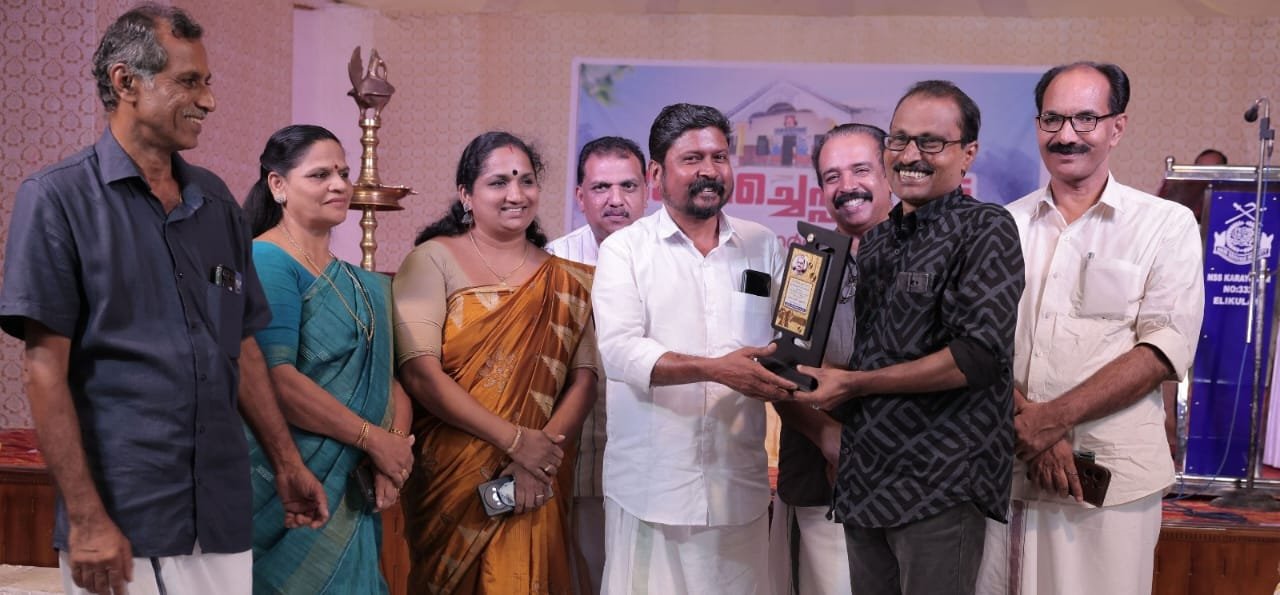Ophthalmic Tonometer is crucial in assessing intraocular pressure (IOP), a key indicator of various eye conditions, most notably glaucoma. As technology advances, the field of ophthalmic tonometry is undergoing significant transformations, promising improved accuracy, patient comfort, and accessibility.
In this blog, we will explore the future outlook of ophthalmic Tonometers, delving into predictions and projections that indicate a bright future for diagnosing and managing eye conditions.
Advancements in Technology:
Non-contact Tonometers: With the constant drive for patient comfort and safety, non-contact Tonometers are expected to gain popularity. These Tonometers utilize technologies such as air-puff or dynamic contour tonometry to measure intraocular pressure without physical eye contact. This approach reduces the risk of infection transmission and minimizes patient discomfort, potentially encouraging more frequent screenings.
Smart Tonometer: The integration of smart technology in Tonometers is expected to revolutionize the way eye health is monitored. Smart Tonometers may include features such as Bluetooth connectivity, allowing patients to monitor their intraocular pressure at home and share the data with healthcare providers in real-time. This could enhance disease management, particularly for chronic conditions like glaucoma.
Artificial Intelligence (AI): AI is poised to play a significant role in tonometry, enhancing accuracy and aiding in early disease detection. Machine learning algorithms can analyze tonometry data, identify patterns, and provide more precise measurements. This predictive capability can assist ophthalmologists in identifying patients at a higher risk of developing eye conditions, leading to proactive intervention strategies.
Enhanced Portability and Accessibility:
Handheld Tonometers: The development of compact and portable Tonometers is expected to increase accessibility, especially in remote or underserved areas. Handheld devices enable ophthalmic professionals to conduct eye screenings outside traditional clinical settings, facilitating proactive eye care in community health programs.
Telemedicine Integration: The rise of telemedicine has accelerated during recent years, and tonometry is likely to become an integral component of remote eye health assessments. Portable Tonometers that can be used in telemedicine consultations will allow healthcare providers to remotely monitor patients’ intraocular pressure, making eye care more accessible to a broader population.
Personalized Medicine:
Genetic and Biomarker Analysis: The future of ophthalmic tonometry may involve personalized approaches based on genetic predispositions and biomarker analysis. Genetic testing and the identification of specific biomarkers related to eye conditions could enable more targeted and effective treatment plans, tailoring interventions to individual patient needs.
Improved Patient Experience:
Reduced Discomfort and Anxiety: Innovations in tonometry aim to enhance the patient’s experience by minimizing discomfort and anxiety associated with traditional methods. Technologies like rebound tonometry, which involves a gentle tap on the cornea, are being refined to provide accurate measurements while ensuring a more comfortable experience for the patient. This is particularly important in encouraging regular eye check-ups, leading to early detection and intervention.
Virtual Reality (VR) Integration: Virtual reality has the potential to transform the patient’s experience during tonometry. VR headsets are not in use to create immersive environments that distract patients from the tonometry process, reducing anxiety and enhancing cooperation, especially in pediatric and anxious adult populations.
Regulatory and Ethical Considerations:
Standardization and Certification: As new technologies emerge; regulatory bodies will play an essential role in establishing standards and certifications for ophthalmic Tonometers. Standardization ensures that these devices meet specific criteria for accuracy, reliability, and safety, instilling confidence in both healthcare professionals and patients.
Ethical Use of Data: The integration of smart technologies and AI in Tonometers raises ethical considerations regarding data privacy and security. Striking a balance between leveraging patient data for research and ensuring privacy will be paramount. Robust ethical guidelines and regulations must be in place to address these concerns and foster trust in the use of advanced tonometry technologies.
Global Impact and Accessibility:
Global Health Initiatives: The future of ophthalmic tonometry extends beyond technologically advanced regions. Global health initiatives are expected to drive the development and distribution of affordable tonometry solutions that can be deployed in resource-limited settings. This inclusive approach aims to address eye health disparities on a global scale.
Training and Capacity Building: To maximize the impact of advanced tonometry technologies, there will be a need for comprehensive training programs for healthcare professionals. Capacity building initiatives can ensure that ophthalmologists, optometrists, and other eye care professionals worldwide are proficient in using the latest tonometry devices, thereby improving the quality of eye care services.
Research and Collaboration:
Interdisciplinary Research: Collaboration between ophthalmologists, engineers, data scientists, and other relevant disciplines will be crucial for continued innovation. Interdisciplinary research can lead to breakthroughs in tonometry technology, further improving accuracy, efficiency, and the overall understanding of intraocular pressure dynamics.
Clinical Validation and Longitudinal Studies: Ongoing clinical validation studies and longitudinal research will be essential to confirm the effectiveness and long-term reliability of emerging tonometry technologies. Gathering real-world data on the performance of these devices will inform future advancements and contribute to evidence-based practices in eye care.
Integration with Electronic Health Records (EHR): Non-complex integration with EHR systems will be crucial for the efficient management of tonometry data. This integration can streamline the diagnostic process, facilitate data-driven decision-making, and enable healthcare providers to monitor changes in intraocular pressure over time.
Economic Considerations and Cost-Effectiveness:
Affordability and Cost Reduction: As with any evolving technology, there is a natural progression towards cost reduction as manufacturing processes become more efficient and widespread. Efforts to make advanced tonometry technologies more affordable will contribute to their global adoption and accessibility, ensuring that patients from diverse socioeconomic backgrounds can benefit from early detection and management.
Cost-Effectiveness Analysis: Researchers and healthcare policymakers are likely to conduct cost-effectiveness analyses to evaluate the economic impact of adopting new tonometry technologies. Understanding the economic benefits, including potential cost savings associated with early disease detection and prevention, will be crucial in justifying investments in these advanced devices.
Emerging Trends in Tonometry Research:
Tonometer for Multiple Parameters: Future Tonometer may evolve to measure additional ocular parameters beyond intraocular pressure. Research is ongoing to develop devices capable of assessing biomechanical properties of the cornea and other relevant factors, providing a more comprehensive understanding of ocular health.
Integration with Imaging Technologies: Integration with imaging technologies, such as optical coherence tomography (OCT) and ultrasound, could enhance the diagnostic capabilities of tonometry. Combining pressure measurements with detailed imaging data may enable a more nuanced evaluation of eye conditions, aiding in personalized treatment plans.
Environmental Sustainability:
Materials and Manufacturing Practices: A growing emphasis on sustainability across industries may influence the materials and manufacturing practices used in tonometry devices. Manufacturers may seek eco-friendly materials and production methods to minimize the environmental impact of tonometer production and disposal.








